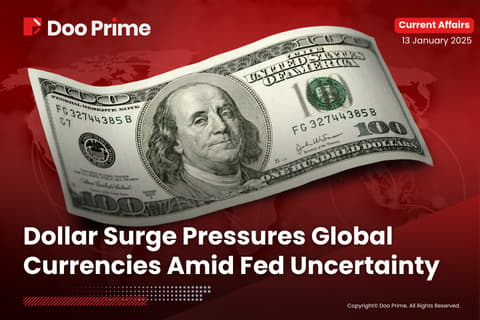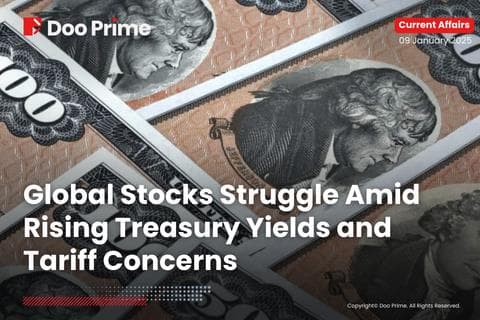WORLDWIDE: HEADLINES
OPEC+ begins two days of talks amid oil rout
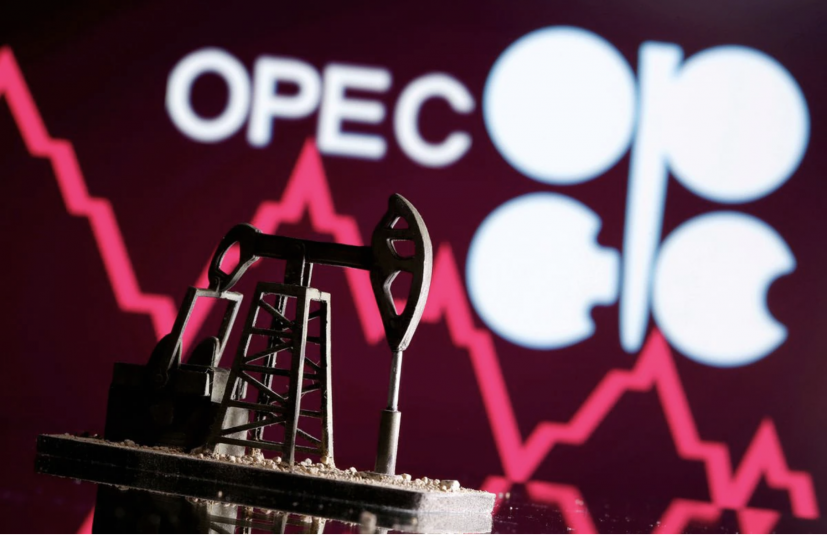
OPEC and its allies begin two days of meetings on Wednesday to decide whether to release more oil into the market or restrain supply amid an oil price rout and fears the Omicron coronavirus variant could weaken global energy demand.
Oil prices fell to near $70 a barrel on Tuesday from as high as $86 in October, posting their biggest monthly decline since the outset of the pandemic, as the new variant raised fears of a supply glut.
For November, Brent fell by 16.4%, while WTI fell 20.8%, the biggest monthly fall since March 2020.
“The threat to oil demand is genuine,” said Louise Dickson, senior oil markets analyst at Rystad Energy. “Another wave of lockdowns could result in up to 3 million bpd (barrels per day) of oil demand lost in the first quarter of 2022.”
Also pressuring prices, Federal Reserve Chair Jerome Powell said the U.S. central bank likely will discuss speeding its reduction of bond purchases amid a strong economy and expectations that a surge in inflation will persist.
The Organization of the Petroleum Exporting Countries (OPEC) will meet on Wednesday after 1300 GMT, followed by a meeting on Thursday of OPEC+, which groups OPEC with allies including Russia.
Several OPEC+ ministers, including from Russia and Saudi Arabia, have said there was no need for a knee-jerk reaction from the group.
But some analysts have suggested OPEC+ might put plans to add 400,000 barrels per day (bpd) to supply in January on hold.
Full coverage: REUTERS
China’s Nov factory activity slips back into contraction – Caixin PMI
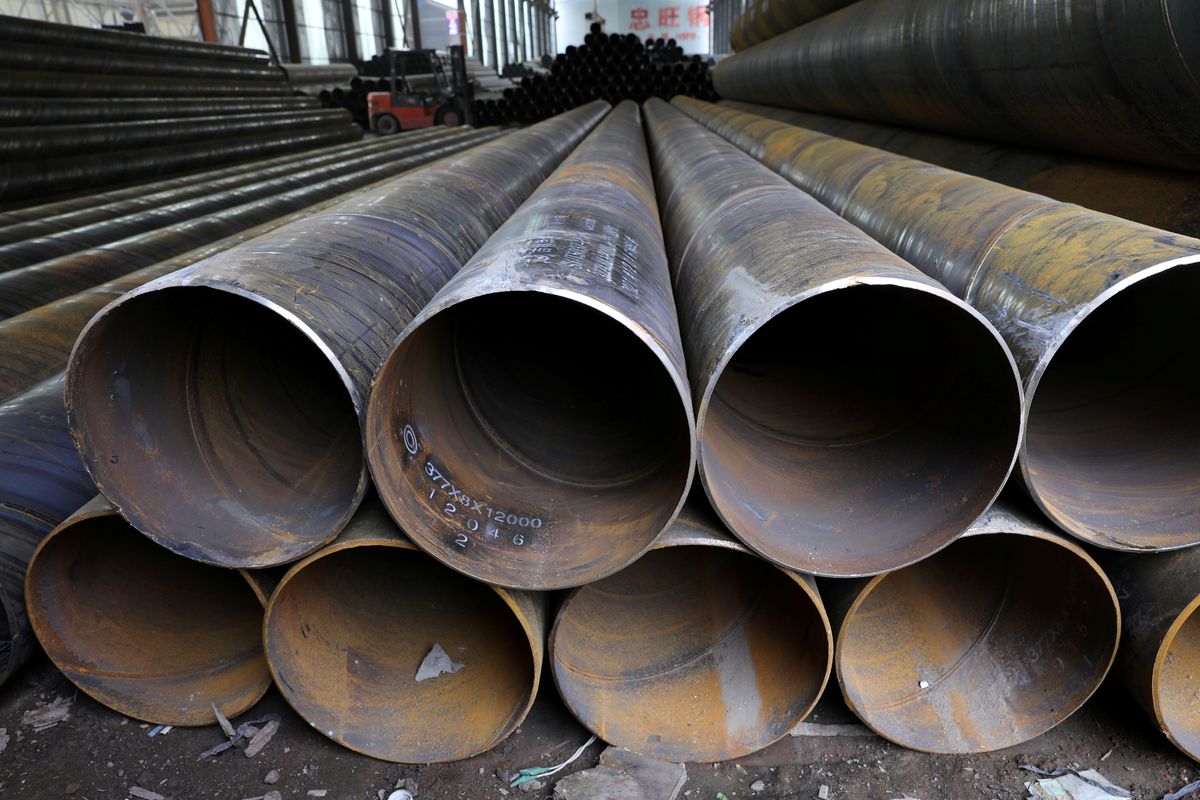
China’s factory activity fell back into contraction in November as subdued demand, shrinking employment and elevated prices weighed on manufacturers, a business survey showed on Wednesday.
The Caixin/Markit Manufacturing Purchasing Managers’ Index (PMI) fell to 49.9 in November from 50.6 the month before, versus analyst expectations of 50.5 in a Reuters poll. The 50-mark separates growth from contraction on a monthly basis.
The world’s second-largest economy, which staged an impressive rebound from last year’s pandemic slump, has lost momentum since the second half as it grapples with a slowing manufacturing sector, debt problems in the property market and COVID-19 outbreaks.
Analysts expect the slowdown in gross domestic product (GDP)seen in the third-quarter to continue in the fourth with demand expected to remain soft given the prolonged global COVID-19 pandemic.
The findings from the private survey, which focuses more on small firms in coastal regions, stood in contrast with those in an official survey on Tuesday that showed manufacturing activity grew for the first time in three months.
“Supply in the manufacturing sector recovered, while demand weakened. Relaxing constraints on the supply side, especially the easing of the power crunch, quickened the pace of production recovery,” said Wang Zhe, senior economist at Caixin Insight Group, in a statement accompanying the data release.
“But demand was relatively weak, suppressed by the COVID-19 epidemic and rising product prices.”
Production in November expanded for the first time in four months, while new orders slid back into contraction, the Caixin survey showed.
Full coverage: REUTERS
WORLDWIDE: FINANCE/MARKETS
Yen shines, Aussie sags as Powell turns hawk despite Omicron uncertainty
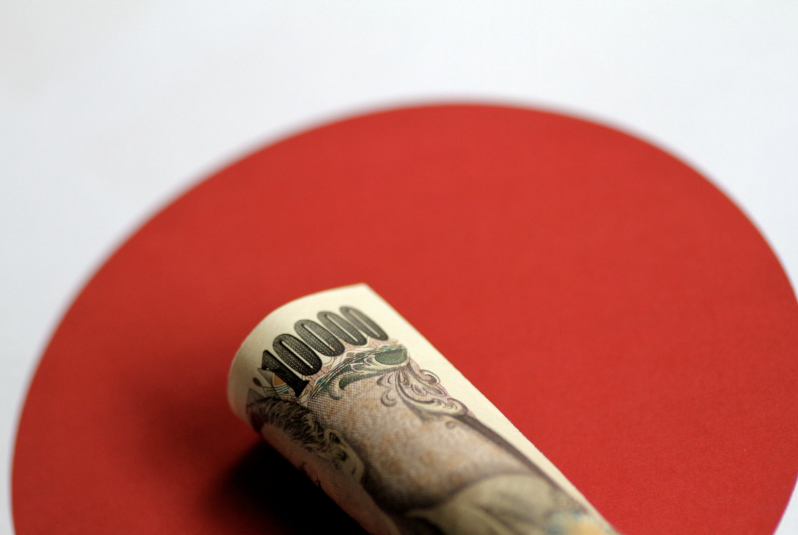
The safe-haven yen held steady on Wednesday, while the risk-sensitive Australian dollar languished near a one-year low after Federal Reserve Chair Jerome Powell signaled a faster taper of stimulus despite the risks around the Omicron COVID-19 variant.
Investors fear that hasty monetary tightening could choke off the nascent economic recovery, with little still known about Omicron’s potential to evade current vaccine protection or how deadly it might be.
“Investors are staying cautious,” said Shusuke Yamada, chief Japan FX strategist at Bank of America-Merrill Lynch.
“It’s very difficult to make a judgement about the impact of Omicron when we don’t have a lot of information.”
Global markets fell sharply on Tuesday after the head of drugmaker Moderna said existing COVID-19 vaccines would be less effective against the new variant, although BioNTech’s chief executive struck a cautiously positive note, saying the vaccine it makes with Pfizer would likely offer strong protection against severe disease from Omicron.
The Aussie weakened 0.12% to $0.71245 after dipping as low as $0.7063 of Tuesday for the first time since Nov. 3, 2020. The New Zealand dollar was largely flat at $0.68195 after also touching the lowest since early November of last year at $0.6773 in the previous session.
The greenback ticked 0.09% higher to 113.26 yen, but still within sight of an overnight low of 112.535, a level not seen since Oct. 11.
Powell said in testimony to Congress on Tuesday that Fed officials will discuss at their Dec. 14-15 policy meeting whether to end bond purchases a few months earlier than had been anticipated. The Fed chief finally did an about face on a long-held contention that inflation would be “transitory.”
Full coverage: REUTERS
Oil rises 1% ahead of OPEC meeting under Omicron cloud
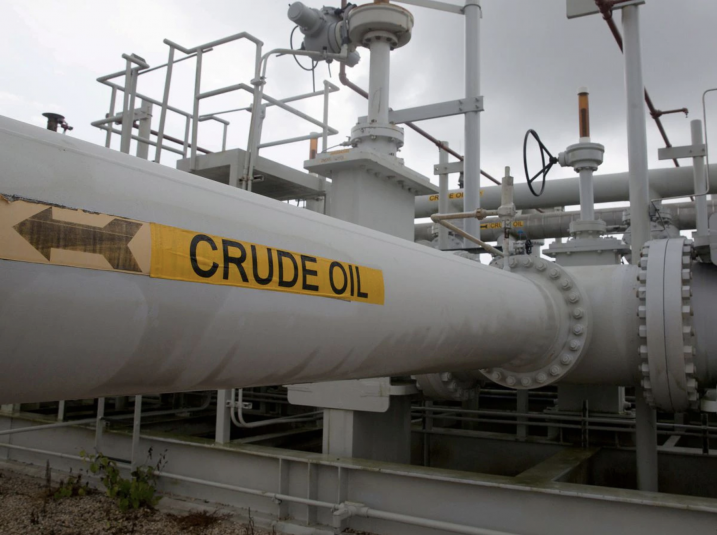
Oil prices clawed back some losses on Wednesday after steep falls in the previous session, as major producers prepared to discuss how to respond to the threat of a hit to fuel demand from the Omicron variant.
U.S. West Texas Intermediate (WTI) crude futures rose 78 cents, or 1.2%, to $66.96 a barrel at 0122 GMT, after a 3.9% drop on Tuesday.
Brent crude futures gained $1.01, or 1.5%, to $70.24 a barrel, after a 5.4% slump on Tuesday.
The Organization of the Petroleum Exporting Countries (OPEC) will meet on Wednesday after 1300 GMT ahead of a meeting on Thursday of OPEC+, which includes OPEC and allies including Russia.
While some analysts expect OPEC+ will pause plans to add 400,000 barrels per day of supply in January in light of the potential hit to demand from travel curbs to rein in the spread of the Omicron variant, several OPEC+ ministers have said there was no need to change course.
“The market continues to look for signs of any impact of Omicron on demand,” ANZ Research commodity analysts said in a note.
Even if OPEC+ agrees to go ahead with its planned supply increase in January, producers may struggle to add that much.
A Reuters survey found OPEC pumped 27.74 million bpd in November, up 220,000 bpd from the previous month, but that was below the 254,000 bpd increase allowed for OPEC members under the OPEC+ agreement.
In a bearish sign on demand, data from the American Petroleum Institute industry group showed U.S. crude stocks fell by 747,000 barrels in the week ended Nov. 26, according to market sources, which was a smaller decline than expected.
Full coverage: REUTERS

